The Real Costs of Owning a Private Jet
Private jets have long been associated with luxury, exclusivity, and the embodiment of wealth and fame. But what are the costs of owning a Private Jet? Picture it, you have your own private aircraft, with the ability to fly wherever and whenever you desire, which is undeniably enticing. But behind the glitz and glamour lies a notable financial investment that goes far beyond that initial purchase price.
Below, we will be delving into the true cost of purchasing a private jet, uncovering the various elements that contribute to its price tag. From the type and size of the aircraft to ongoing operating expenses (this one is often overlooked!), we will explore the multiple aspects that potential buyers should consider. Through case studies and cost analysis, we will provide a comprehensive overview of the financial implications of private jet ownership.
So, fasten your seatbelts as we take off on a journey to uncover the real costs of owning your own private jet. Whether you’re dreaming of flying through the skies or simply curious about the financial realities, this blog post will shed light on the hidden expenses and offer considerations and recommendations for prospective buyers. (Sorry for the puns)
Owning a private jet is not just a matter of luxury; it is a significant financial commitment that entails various costs. The total cost of ownership is influenced by several factors, including the type and size of the aircraft, its age and condition, maintenance and operating expenses, insurance, storage fees, and staffing costs. Getting your head around these aspects is crucial for prospective buyers to make educated decisions about private jet ownership.
We’ve put together some examples based on real aircraft and home continent below (with figures and breakdown). – just scroll down 👋 .
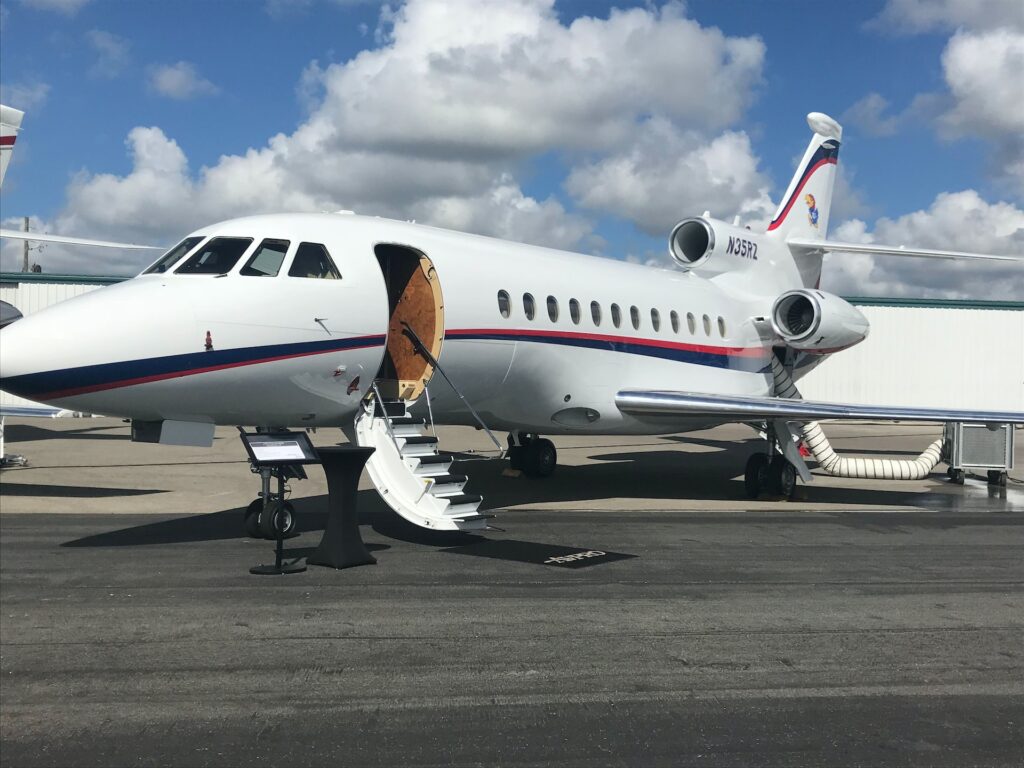
Aircraft Type and Size
The type and size of the aircraft play a considerable role in determining the overall cost of ownership. Private jets come in different categories, ranging from turboprops to large jets. Each category has its own advantages, performance capabilities, and associated costs.
- Turboprops are the smallest and most economical option, usually seating up to eight passengers. They are ideal for short-distance flights and have lower fuel consumption compared to larger jets.
- Light jets offer slightly more space and range, accommodating up to nine passengers and providing increased speed and comfort.
- Midsize jets are suitable for longer distances and typically have a seating capacity of up to twelve passengers.
- Super midsize jets offer enhanced range and spacious cabins, accommodating up to sixteen passengers.
- Large jets are the epitome of luxury and can accommodate more than sixteen passengers. They provide an extensive range of capabilities and luxurious amenities, making them ideal for long-haul flights.
The larger the aircraft, the higher the initial purchase price, as well as the subsequent operating and maintenance costs. It is essential to carefully assess your travel needs and budget constraints when selecting the appropriate aircraft type and size.

Age and Condition of the Aircraft
The age and condition of the aircraft have a direct impact on its value and the ongoing costs of ownership. Older aircraft may have a lower purchase price, but they often require more frequent maintenance and repairs. Additionally, outdated technology and components may result in higher fuel consumption and lower efficiency.
Newer aircraft, on the other hand, generally have higher purchase prices but offer the advantages of modern avionics, fuel-efficient engines, and improved reliability. They may also come with warranties or maintenance programs that help mitigate some operating costs. It is essential to carefully evaluate the trade-offs between the initial purchase price and the long-term maintenance expenses when considering the age and condition of an aircraft.

Maintenance and Operating Costs
Maintaining a private jet is a significant ongoing expense that includes routine inspections, repairs, and necessary upgrades. Regular maintenance is crucial to ensure the aircraft’s safety, reliability, and compliance with aviation regulations.
Maintenance costs can vary depending on the aircraft type, its age, and the number of flight hours accumulated. It is essential to factor in the costs of routine inspections, engine overhauls, avionics upgrades, and any unexpected repairs that may arise.
Operating costs encompass a range of expenses, such as fuel, landing and navigation fees, pilot training, insurance premiums, and miscellaneous costs. Fuel costs are a significant component and can vary depending on the aircraft’s fuel efficiency, fuel prices, and the distance travelled. Landing and navigation fees are charged by airports and air traffic control authorities and can vary based on the size and weight of the aircraft.
Pilot training and recurrent courses are necessary to maintain the skills and certifications of the flight crew. Insurance premiums protect against potential liabilities and can vary depending on the aircraft’s value, intended use, and pilot experience. Miscellaneous costs include subscriptions for flight planning services, weather updates, and other operational necessities.
Defining the maintenance and operating costs of owning a private jet is crucial for budgeting and financial planning. Prospective buyers should carefully consider these expenses to ensure they align with their financial capabilities. These add-up the costs of owning a Private Jet.

Insurance
Insurance is a critical aspect of private jet ownership, providing protection against potential risks and liabilities. The cost of insurance premiums can vary depending on factors such as the aircraft’s value, the pilot’s experience, the intended use of the aircraft, and the coverage limits.
Insurance coverage typically includes liability insurance, which protects against bodily injury or property damage caused by the aircraft, as well as hull insurance, which covers damage to the aircraft itself. Additional coverage options may include coverage for passengers, crew, and specific risks such as terrorism or war.
It is essential to work with experienced aviation insurance brokers to obtain accurate quotes and ensure adequate coverage for your specific needs. Insurance costs should be factored into the overall cost of ownership to avoid any surprises or financial setbacks. Insurance is another factor that ticks up the costs of owning a Private Jet, quite considerably.
Storage and Hangar Fees
Storing a private jet needs proper facilities, such as hangars or storage facilities. Hangar fees can vary significantly depending on the location, size of the aircraft, and the services provided. High-demand areas or airports with limited hangar space often have higher fees.
Hangar fees cover the cost of rental space, security, and maintenance of the hangar facility. It is important to consider the availability and cost of hangar space when deciding on the aircraft’s home base.

Staffing Costs
Operating a private jet demands a skilled and dedicated team of professionals. Staffing costs can include salaries, benefits, and training for pilots, flight attendants, mechanics, and ground support staff. All of this adds to the costs of owning a Private Jet and it’s unavoidable.
Pilots are a crucial component of private jet operations, responsible for safely flying the aircraft and ensuring compliance with aviation regulations. The cost of hiring and retaining qualified pilots can vary based on their experience, certifications, and the number of flight hours required.
Flight attendants provide bespoke service and ensure passengers’ comfort and safety during flights. The number of flight attendants required depends on the aircraft’s size and the number of passengers onboard.
Mechanics and ground support staff are responsible for maintaining and servicing the aircraft, ensuring it is in optimal condition for safe operation. Their salaries, benefits, and training costs should be considered when calculating the overall cost of ownership.
It is essential to note that some maintenance and operational tasks can be outsourced to specialised companies, which may offer cost savings compared to hiring dedicated staff.
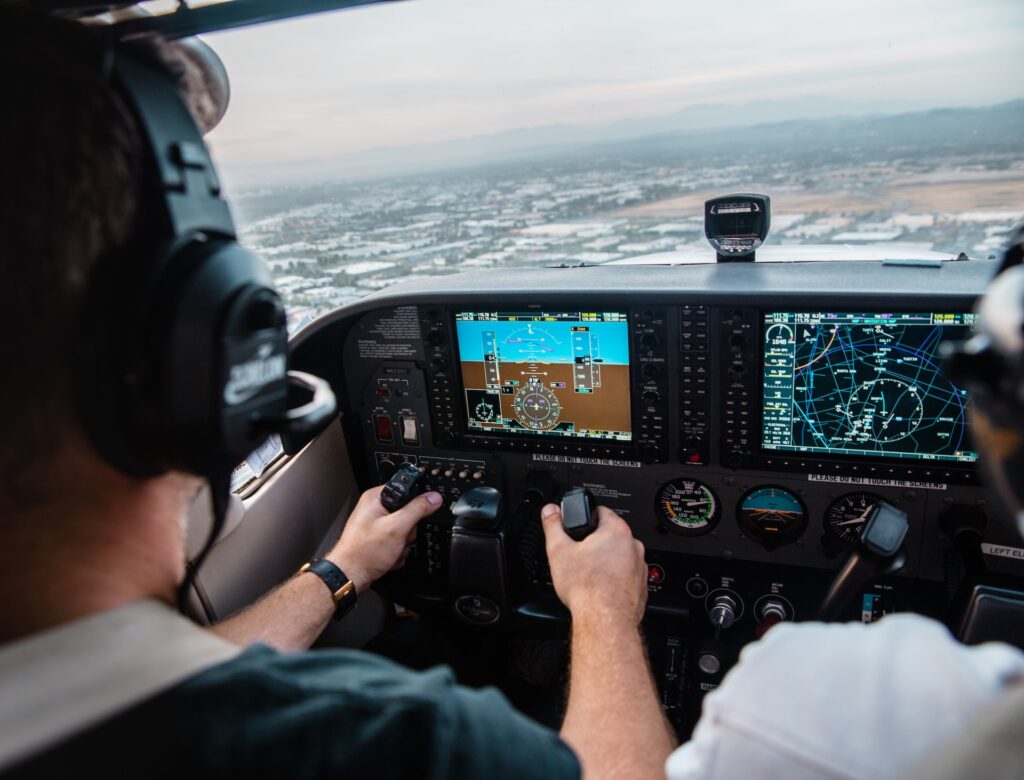
Initial Purchase Costs
When considering the cost of owning a private jet, one of the most significant expenses is the initial purchase price. The price of an aircraft can vary greatly depending on several factors, including the type, model, age, condition, and equipment onboard. It is crucial to carefully evaluate these factors to ensure you make an informed decision that aligns with your budget and requirements.
Aircraft Purchase Price
The purchase price of a private jet can range from a few million dollars for smaller, older models to tens of millions of dollars for larger, newer aircraft. The price is influenced by various factors, such as the aircraft’s size, range, performance capabilities, cabin amenities, and manufacturer reputation.
When considering the purchase price, it is essential to strike a balance between your budget constraints and your desired features and capabilities. Conducting thorough research and consulting with aviation experts can help you understand the market value of different aircraft models and negotiate a fair price.
Financing Options
Given the substantial upfront cost of purchasing a private jet, many buyers choose to finance the private jet purchase. Financing options may include traditional bank loans, aircraft-specific lenders, or leasing arrangements. Each option has its own advantages and considerations, and it is crucial to carefully evaluate them based on your financial situation and long-term goals.
Traditional bank loans offer the benefit of ownership from the start, but they require a substantial down payment and collateral. Aircraft-specific lenders may have technical knowledge and tailored loan products for private jet financing, which can simplify the process. Leasing options, such as operating leases or finance leases, provide flexibility and can be advantageous for those who prefer not to commit to long-term ownership.
Working with experienced aviation finance professionals can help you navigate the complexities of financing and determine the most suitable option for your needs.

Taxes and Registration Fees
In addition to the purchase price and financing considerations, prospective buyers must account for taxes and registration fees. These costs vary depending on the jurisdiction where the aircraft will be registered and operated.
Tax regulations differ between countries and states, and it is essential to understand the tax implications of owning a private jet in your desired location. Some jurisdictions may impose sales taxes, import duties, annual property taxes, or other levies. Consulting with tax experts and legal advisors can help ensure compliance and reduce tax liabilities.
Registration fees also vary depending on the country or region. They cover the administrative costs associated with registering the aircraft and obtaining the necessary certifications and licenses.
Pre-Purchase Inspections
Before finalising the purchase of a private jet, it is crucial to conduct thorough pre-purchase inspections (like this one – no affiliation!) to assess the aircraft’s condition and verify its compliance with safety regulations. These inspections are typically performed by independent aviation experts who examine the aircraft’s airframe, engines, avionics, and other systems.
Pre-purchase inspections help identify any potential issues or maintenance requirements, giving buyers the opportunity to negotiate repairs or adjust the purchase price accordingly. The cost of these inspections varies depending on the scope of the inspection and the complexity of the aircraft.
Legal and Administrative Fees
Acquiring a private jet involves various legal and administrative processes that incur additional costs. These fees include legal consultations, document preparation, title searches, and registration with aviation authorities.
Engaging the services of experienced aviation lawyers and consultants can help streamline these processes and ensure compliance with regulatory requirements. The fees associated with legal and administrative tasks can vary depending on the complexity of the transaction and the jurisdiction involved.
Understanding the initial purchase costs is essential for prospective buyers to make informed decisions and accurately estimate the financial investment required for private jet ownership. By considering the aircraft purchase price, financing options, taxes and registration fees, pre-purchase inspections, and legal and administrative fees, individuals can navigate the acquisition process with greater confidence. In the next section, we will explore the ongoing operating costs associated with owning a private jet.

Ongoing Operating Costs
Owning a private jet is not just about the initial purchase price; there are also significant ongoing operating costs to consider. These costs encompass a wide range of expenses, including fuel, maintenance and repairs, landing and navigation fees, annual inspections, pilot training, upgrades and modifications, insurance premiums, hangar and storage fees, staff salaries, and miscellaneous expenses. Understanding these ongoing operating costs is crucial for potential buyers to accurately budget and assess the long-term financial commitment of owning a private jet.
Fuel
Fuel costs are a major component of the ongoing operating expenses for a private jet. The amount of fuel required depends on several factors, including the aircraft’s size, range, speed, and distance travelled. Fuel prices can vary significantly based on global market conditions, location, and the type of fuel used.
Larger jets generally consume more fuel than smaller ones, especially during long-haul flights. Fuel efficiency is an important consideration when selecting an aircraft type, as it directly impacts operating costs. Some newer aircraft models feature advanced engines and aerodynamics that improve fuel efficiency, resulting in lower fuel consumption and reduced costs over time.
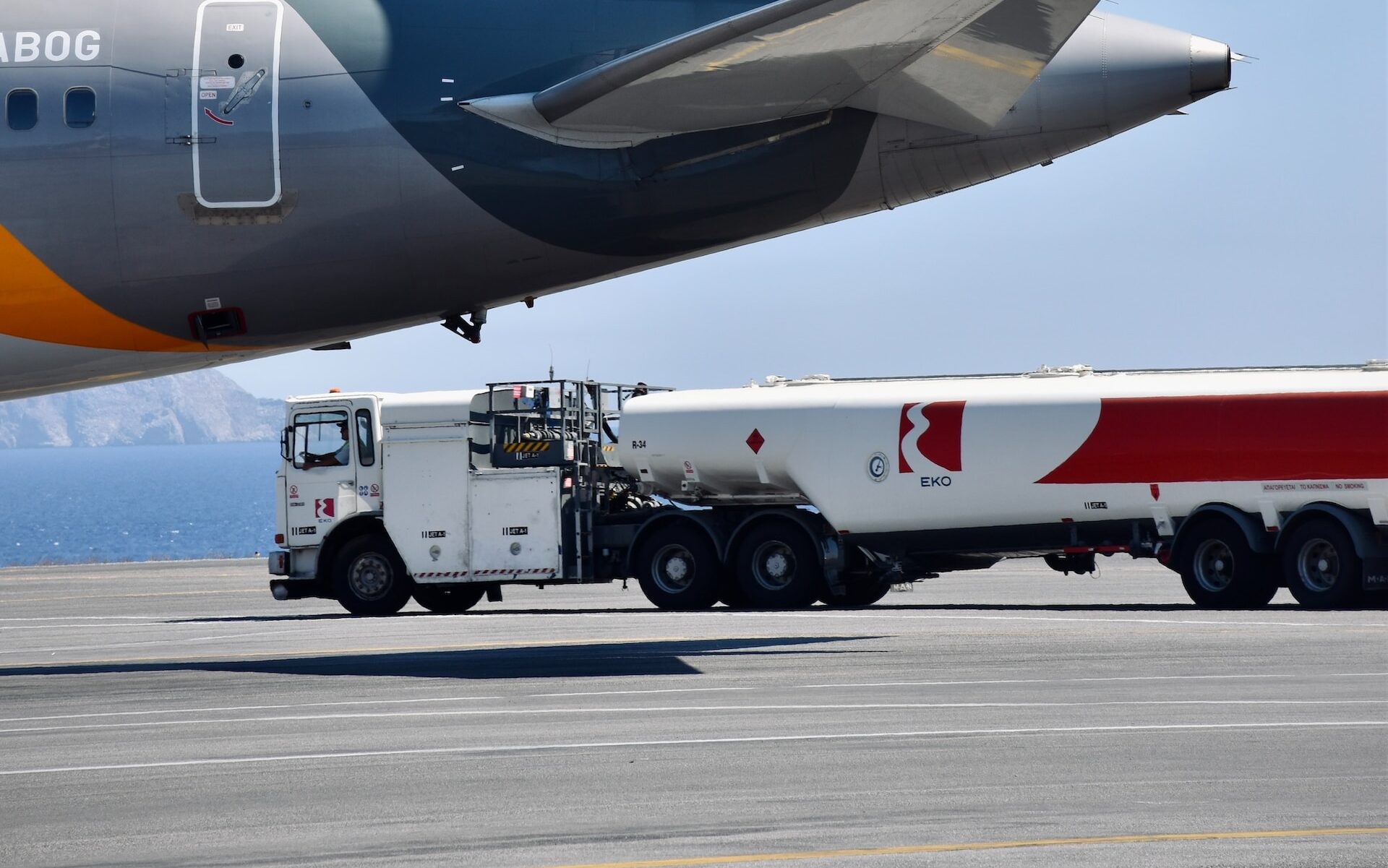
Maintenance and Repairs
Maintaining a private jet in optimal condition is crucial for safety, performance, and regulatory compliance. Regular maintenance and necessary repairs are ongoing costs associated with aircraft ownership.
Maintenance costs can vary depending on the size, complexity, and age of the aircraft, as well as the number of flight hours accumulated. Routine inspections, engine overhauls, avionics upgrades, and other maintenance tasks contribute to these costs. Additionally, unexpected repairs or component replacements may arise, requiring additional expenditures.
It is essential to establish a maintenance schedule and work with qualified aviation maintenance providers to ensure the aircraft remains in top condition. Proactive maintenance practices can help minimise the risk of unexpected issues and reduce the overall lifetime maintenance costs.
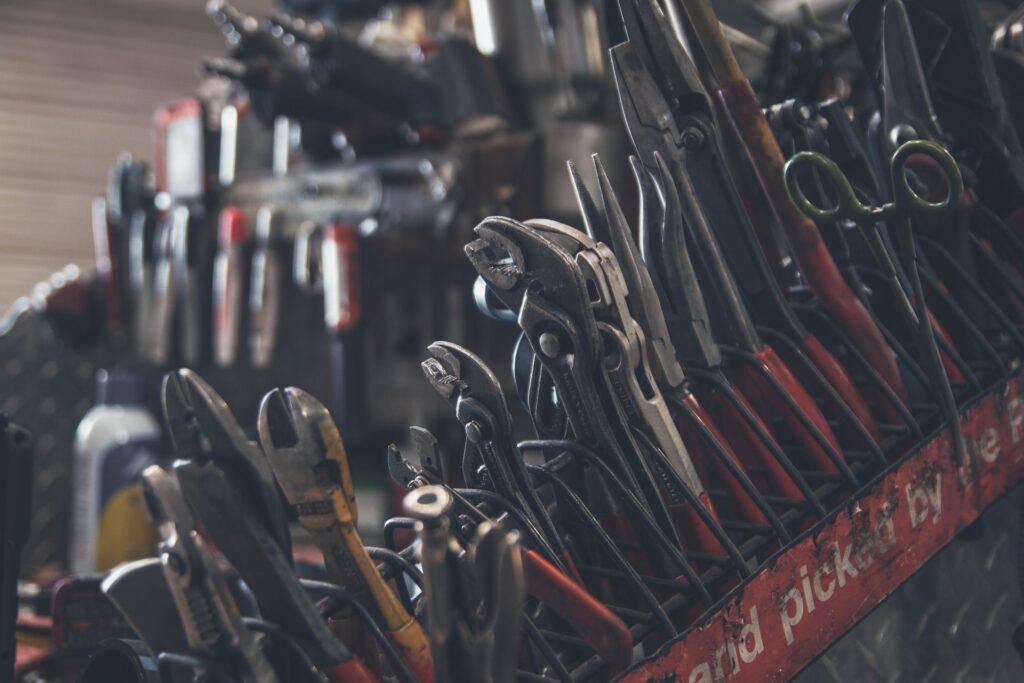
Landing and Navigation Fees
Private jet owners are responsible for paying fees when using airports and ATC services, although these fees vary on the size and weight of the aircraft, as well as the specific airport or airspace utilised.
Landing fees are typically calculated based on the aircraft’s weight and the airport’s fee structure. Navigation fees, also known as en-route fees, are charged for air traffic control services and vary depending on the airspace traversed and the distance flown – although some countries or regions may have additional fees or charges for customs and immigration services.
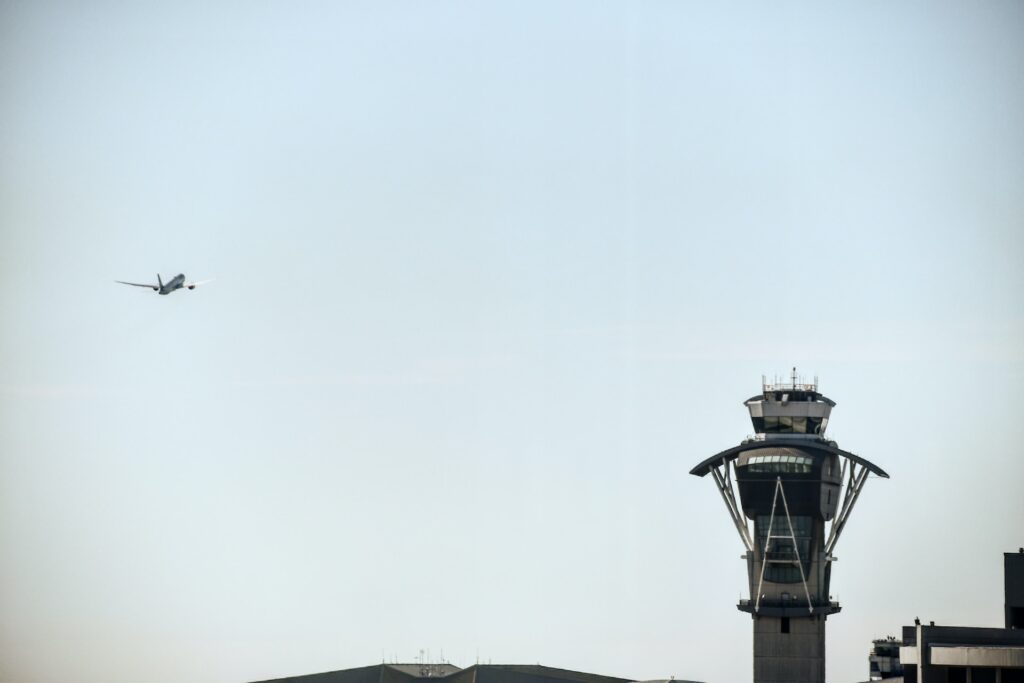
Annual Inspections and Checkups
To ensure the airworthiness of a private jet, annual inspections and checkups are necessary. These inspections, performed by certified aviation maintenance professionals, assess the aircraft’s condition, systems, and components. They are essential for maintaining compliance with aviation regulations and ensuring the safety of passengers and crew.
During annual inspections, various systems and components are thoroughly examined, including the airframe, engines, avionics, landing gear, and control surfaces. Any necessary repairs or updates are identified and addressed to maintain the aircraft’s airworthiness.
Pilot Training and Recurrent Courses
Pilot training is a critical aspect of private jet ownership. Pilots must undergo initial training to obtain the necessary certifications and ratings for operating specific aircraft types. Additionally, recurrent training and proficiency courses are required to maintain and enhance pilot skills.
Pilot training costs can vary depending on the aircraft type, training program, and the specific certifications sought. Recurrent training typically includes simulator sessions, ground school instruction, and proficiency checks. These ongoing training expenses should be factored into the overall cost of ownership.
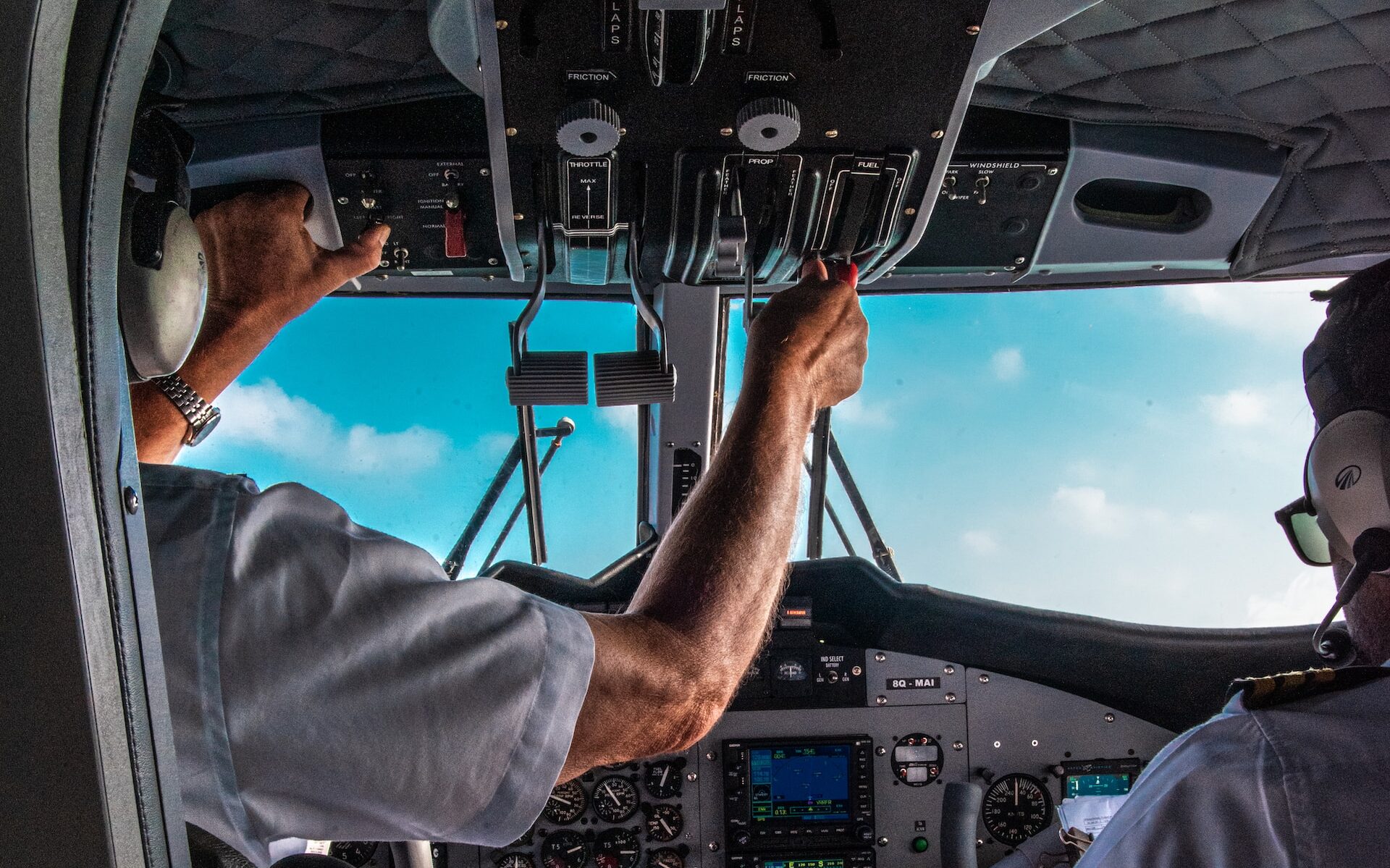
Cost Analysis of Private Jet Ownership
To gain a deeper understanding of the cost implications of owning a private jet, let’s explore some examples. These examples analyse private jet expenses in a couple of different scenarios. We’ll examine the costs associated with owning a light jet in the United States and a midsize jet in Europe. We can uncover some valuable insights into the financial realities of private jet ownership.
Breakdown Cost Example One: Light Jet (USA)
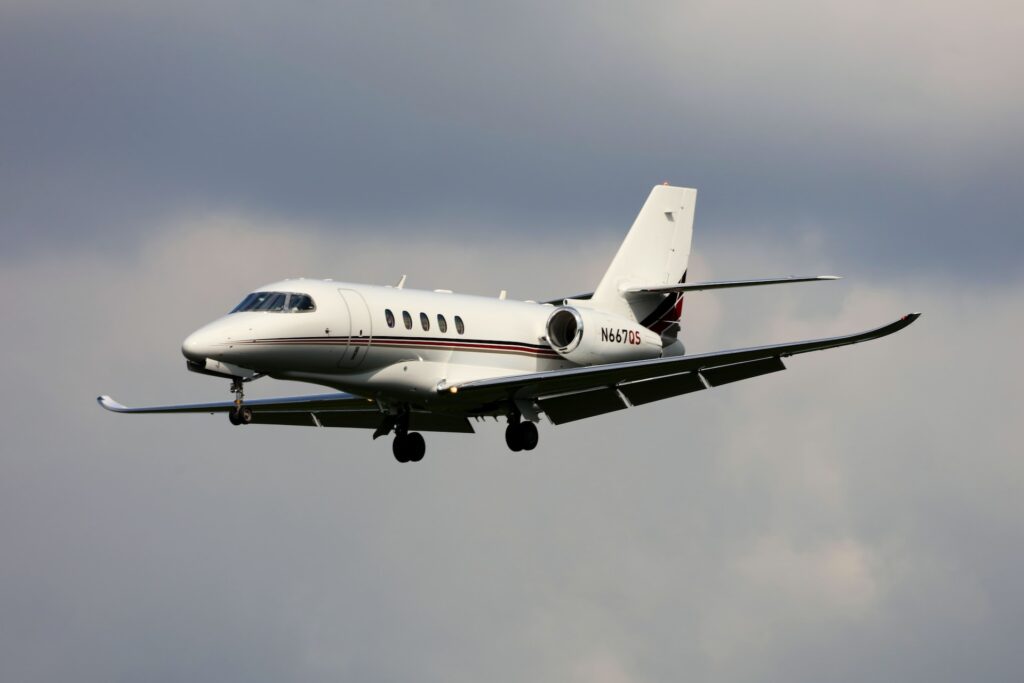
In this example, we will consider the cost analysis of owning a light jet in the United States. In the USA, the aviation industry is well-established, and private jet ownership is relatively common (similar in Europe).
Aircraft Type and Model
Let’s use a Cessna Citation CJ3+ in this example. The aircraft (a popular light jet) strikes a balance between performance, range, and passenger comfort. It will accommodate up to eight passengers.
Purchase Price: The purchase price of a new Cessna Citation CJ3+ is approximately $8 million. However, it’s possible to find pre-owned aircraft at a lower price point, depending on the age, condition, and equipment onboard.
Financing Options: Assuming a 20% down payment and a loan term of 10 years. Financing the purchase with a traditional bank loan could result in monthly payments of around $65,000.
Annual Operating Costs Breakdown:
Fuel
Fuel costs for a light jet can average around $800 per hour of flight time. Let’s assume you do 200 flight hours per year, the annual fuel expense would be approximately $160,000.
Maintenance and Repairs
Annual maintenance costs for a light jet can range from $100,000 to $150,000. This depends on the age and condition of the aircraft.
Landing and Navigation Fees
Assuming an average of $500 per landing (+fees) per flight, the annual cost for 200 flights would be around $100,000.
Annual Inspections and Checkups
Annual inspections and checkups can cost between $20,000 and $30,000.
Insurance Premiums
Insurance premiums for a light jet can range from $30,000 to $50,000 per year. This can vary based on the coverage and aircraft value.
Hangar and Storage Fees
Hangar fees can vary depending on the location and size of the aircraft. Assuming an average of $1,000 per month, the annual cost would be $12,000.
Staff Salaries and Benefits
Assuming you’d be flying with a crew of two pilots with annual salaries of $100,000 each. Benefits add 30% onto their salaries too – the annual cost would be $260,000.
Miscellaneous Costs
Miscellaneous costs, including subscriptions, catering, and cleaning services, can vary depending on usage and preferences. Assuming an average of around $20,000 per year.
The annual operating costs of owning a light jet can range from $732,000 to $892,000 (approx per year). This excludes the financing/purchasing costs.
Breakdown Cost Example Two: Midsize Jet (Europe)
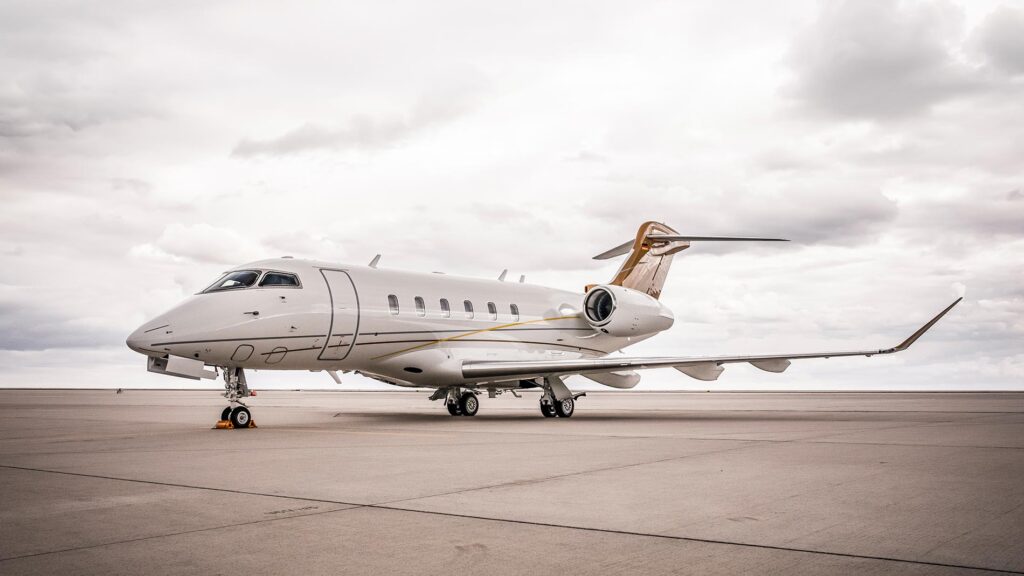
In this example, we will delve into the comprehensive cost breakdown associated with owning a midsize jet in Europe. Europe is a region known for its diverse aviation landscape and thriving business travel sector.
Aircraft Type and Model
Let’s take the Bombardier Challenger 350 as our chosen midsize jet for this illustration. Renowned for its versatility and impressive performance, the Challenger 350 offers a comfortable environment for up to nine passengers.
Price: The new Bombardier Challenger 350 comes with an approximate price tag of $27 million. However, the option to acquire pre-owned units exists. Pricing is influenced by factors such as aircraft age, condition, and installed equipment.
Financing Options: Assuming a down payment of 25% and a financing period spanning 7 years. Opting for financing through conventional banking channels might result in monthly payments averaging around €110,000.
Annual Operating Costs Breakdown:
Fuel
The fuel expenditure for a midsize jet like the Challenger 350 can average around €1,200 per flight hour. If we consider an annual flight time of 300 hours, the yearly fuel cost would approximate €360,000.
Maintenance and Repairs
Annual maintenance expenses for the Challenger 350 can vary significantly, ranging from €150,000 to €250,000, influenced by factors such as aircraft age and condition.
Landing and Navigation Fees
Estimating an average of €700 per landing and navigation fees per flight, the cumulative yearly expense for 300 flights would be approximately €210,000.
Annual Inspections and Checkups
Routine inspections and checkups, vital for safety and compliance, could entail costs ranging from €25,000 to €40,000.
Insurance Premiums
Insurance premiums for a midsize jet are influenced by coverage and aircraft value. Typically, they can range from €50,000 to €80,000 annually.
Hangar and Storage Fees
The expense for hangar space varies with the aircraft’s location and size. With an assumed average of €2,500 per month, the annual cost would equate to €30,000.
Crew Salaries and Benefits
Envisioning a flight crew of two pilots with combined annual salaries of €120,000 and benefits amounting to 25% of their earnings, the total annual cost would sum up to €300,000.
Additional Expenses
Miscellaneous outlays, encompassing subscriptions, catering, and interior maintenance, might average around €25,000 per year.
Considering these approximations, the yearly operational outlay of possessing a midsize jet like the Bombardier Challenger 350 in Europe can range from approximately €1,285,000 to €1,745,000, excluding the costs of purchase or financing.
Notice
Prospective buyers should conduct thorough research, consult with aviation professionals, and perform personalised cost analyses to accurately assess the financial implications of private jet ownership. These are just high-level breakdowns!
In the next section, we will conclude our exploration of the cost of owning a private jet and provide considerations and recommendations for prospective buyers.
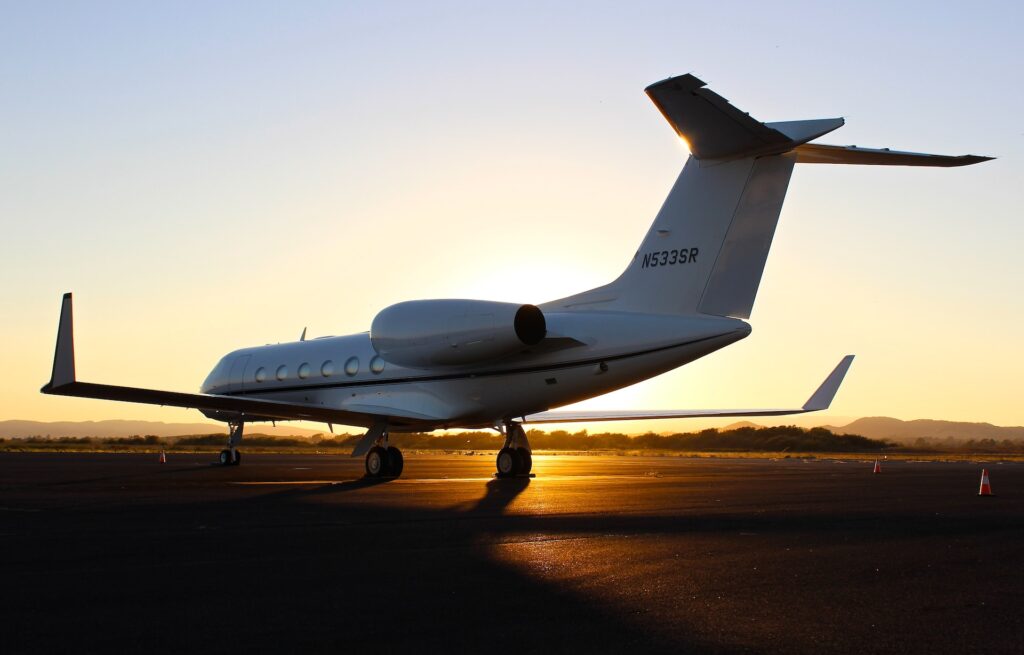
Ready to Purchase a Private Jet?
After exploring the various factors and costs associated with owning a private jet, it is clear that private jet ownership is a significant financial commitment. The purchase price, ongoing operating costs, and other expenses must all be carefully considered before making the decision to invest in a private jet.
While private jet ownership offers unparalleled convenience, flexibility, and luxury, it is important to weigh these benefits against the financial implications. The type and size of the aircraft, its age and condition, maintenance and operating costs, insurance premiums, storage fees, and staffing expenses all contribute to the total cost of ownership.
Prospective buyers should conduct thorough research, consult with aviation experts, and perform cost analyses to accurately assess their financial capabilities and determine whether private jet ownership aligns with their goals and budget. It is essential to consider not only the initial purchase price but also the ongoing expenses, including fuel, maintenance, landing fees, insurance, and staffing costs.
For those who may not be ready for the full ownership experience, alternative options such as fractional ownership, jet cards, or charter services may be worth considering. These options allow individuals to enjoy the benefits of private jet travel without the full financial responsibility of ownership.
In conclusion, owning a private jet is a significant investment that goes beyond the initial purchase price. Understanding the factors that influence the cost of ownership and carefully evaluating the ongoing operating expenses are crucial steps in making an informed decision. Private jet ownership offers unparalleled luxury and convenience, but it is essential to assess the financial implications and ensure they align with your long-term goals and budget.
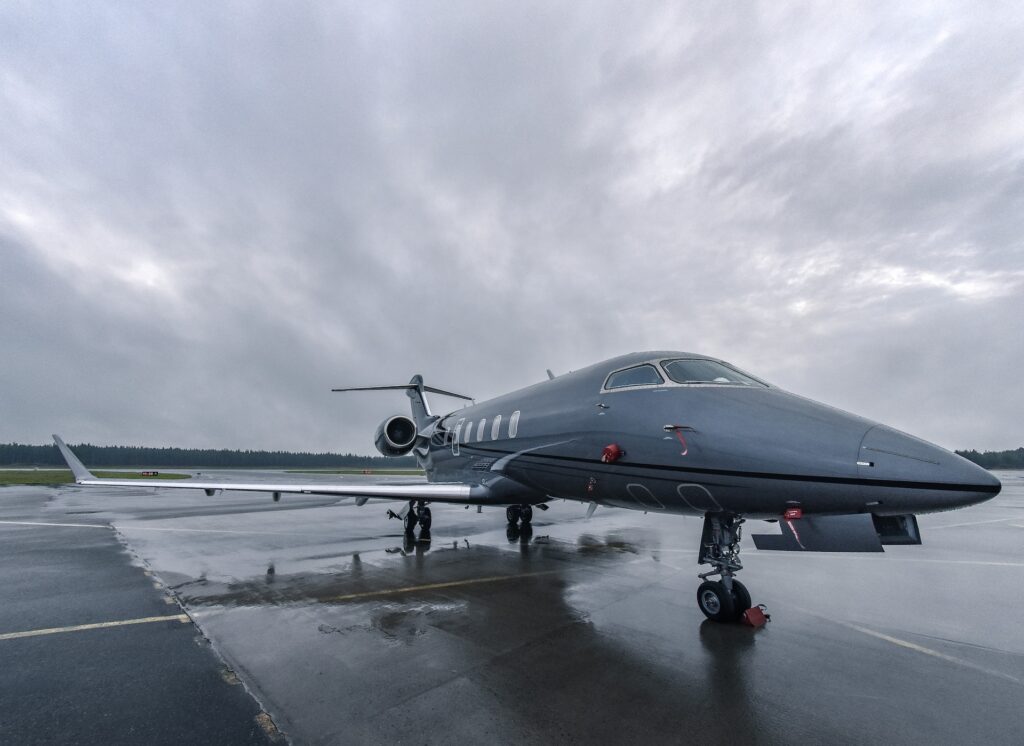
Other Considerations for Prospective Buyers
For prospective buyers considering private jet ownership, there are several important considerations and recommendations to keep in mind. These insights can help guide decision-making and ensure a more informed and successful ownership experience.
Assess Your Travel Needs
Before diving into the world of private jet ownership, carefully evaluate your travel requirements. Consider the typical range of your flights, the number of passengers you anticipate travelling with, and the frequency of your trips. This assessment will help you determine the appropriate aircraft type and size that best fits your needs.
Conduct Thorough Research
The private jet market is vast and diverse, with numerous aircraft models, manufacturers, and service providers. Take the time to research and compare different options, seeking advice from aviation experts and consulting with reputable brokers or dealers. Understanding the market and available choices will empower you to make an educated decision.
Perform a Comprehensive Cost Analysis
As demonstrated in this blog post, private jet ownership involves significant costs beyond the initial purchase price. Conduct a detailed cost analysis, taking into account the ongoing operating expenses, financing options, taxes, insurance premiums, storage fees, and staffing costs. Be realistic about your budget and financial capabilities, ensuring that the costs align with your long-term financial goals.
Consider Alternative Ownership Models
If the full ownership commitment seems overwhelming, explore alternative ownership models such as fractional ownership, jet cards, or charter services. Fractional ownership allows you to share the ownership of an aircraft with other individuals or companies, reducing the financial burden. Jet cards provide a prepaid option for a specific number of flight hours, offering flexibility and convenience. Charter services allow you to enjoy private jet travel without the responsibilities of ownership. These alternatives provide a more flexible and cost-effective approach, allowing you to tailor your aviation needs to your specific requirements.
Engage with Aviation Professionals
To navigate the complexities of private jet ownership, seek guidance from experienced aviation professionals. Aviation lawyers can assist with legal matters, including contracts, registrations, and compliance with regulations. Finance specialists can provide insights into financing options and help structure an appropriate financial plan. Insurance brokers can assist in obtaining suitable coverage for your aircraft and ensure you have the necessary protection. By leaning on the expertise of these professionals, you can make well-informed decisions and mitigate potential risks.
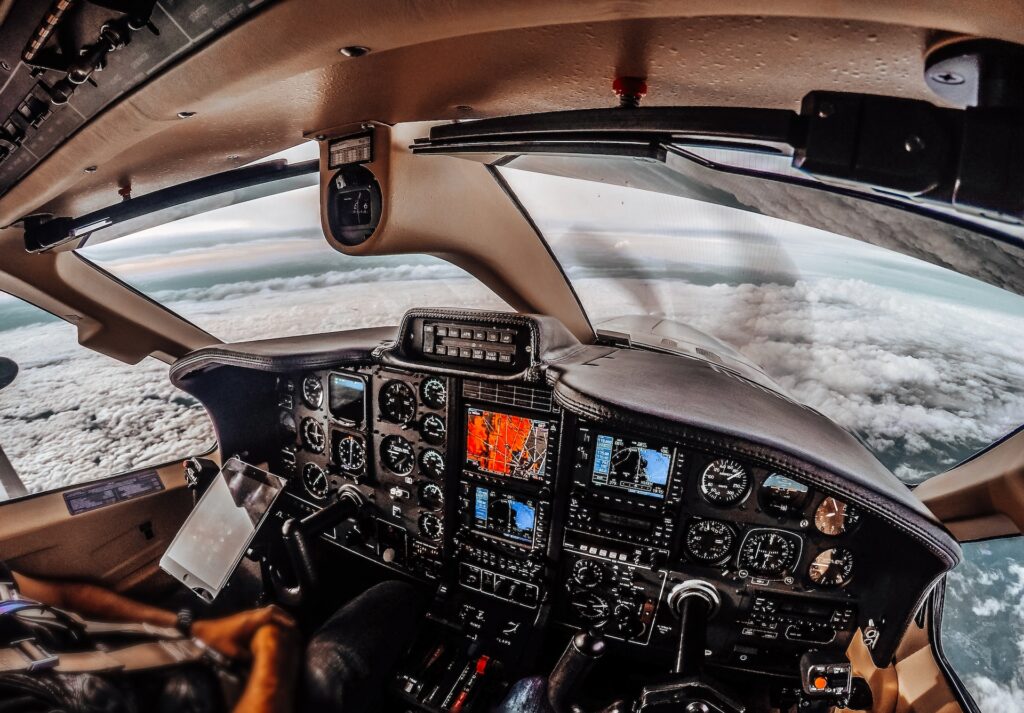
Stay Informed and Adapt
The aviation industry is subject to ongoing changes, including regulatory updates, technological advancements, and market fluctuations. Stay informed about these developments and be prepared to adapt your ownership strategy accordingly. Regularly review your costs, explore opportunities for efficiency improvements, and seek out new solutions as they emerge.
Enjoy the Journey
While owning a private jet entails financial responsibilities, it also brings unparalleled luxury, convenience, and flexibility. Embrace the journey and enjoy the benefits that private jet ownership provides. Whether it’s the ability to travel on your own schedule, access remote destinations, or create unforgettable experiences, remember to relish the unique opportunities that private jet ownership affords.
So, in summary, prospective buyers should enter the world of private jet ownership with careful consideration, thorough research, and realistic budgeting. By assessing travel needs, conducting comprehensive cost analysis, exploring alternative ownership models, engaging with aviation professionals, staying informed, and embracing the journey, you can make informed decisions and embark on a successful private jet ownership experience.
Are you looking for more luxury buying guides? You’re in the right place. Be sure to check out our luxury buyers guides on hot tubs and luxury SUV’s here. If you’re looking for somewhere to fly your private jet, then check out our luxury travel bucketlist or our latest article on luxury Caribbean resorts for families!






